Corporate Debt in Financial Management: Analyzing Benefits and Risks
VerifiedAdded on 2023/06/18
|8
|649
|145
Report
AI Summary
This report critically analyzes the benefits and risks associated with incorporating corporate debt into an existing portfolio of debt and equity. It highlights the importance of maintaining a competitive position through effective capital management and discusses various capital structure theories, including trade-off theory, pecking order theory, and modified pecking order theory. The report outlines methods of debt financing such as bank loans, overdrafts, mortgages, credit cards, hire purchase, and leasing. It details the benefits of incorporating debt, including tax deductions, low-interest rates, retention of ownership, and growth potential, while also addressing risks such as collateral requirements, credit rate impacts, and cash flow issues. The analysis is supported by references to academic books and journals, providing a comprehensive overview of corporate debt financing.
1 out of 8
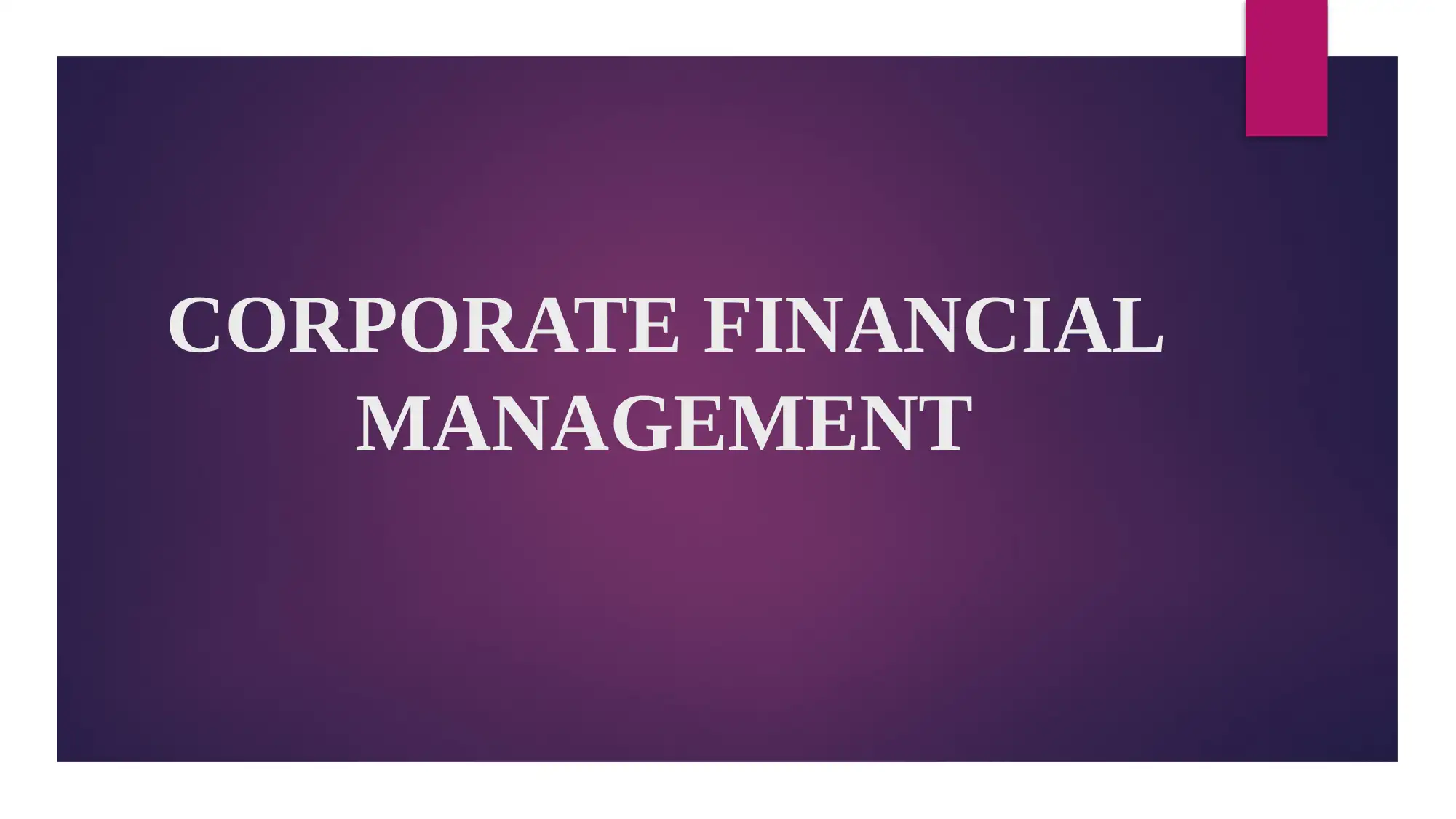
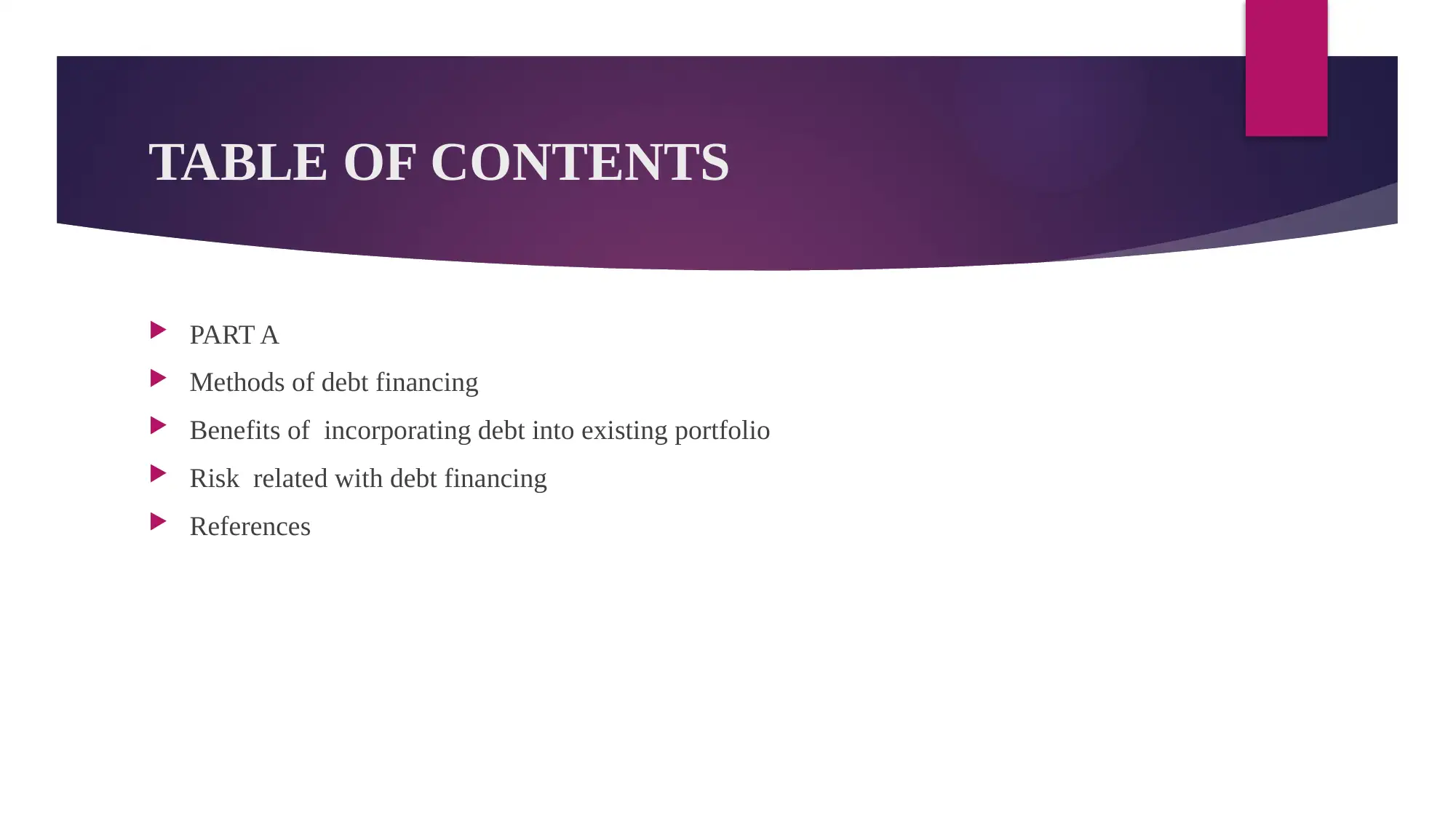
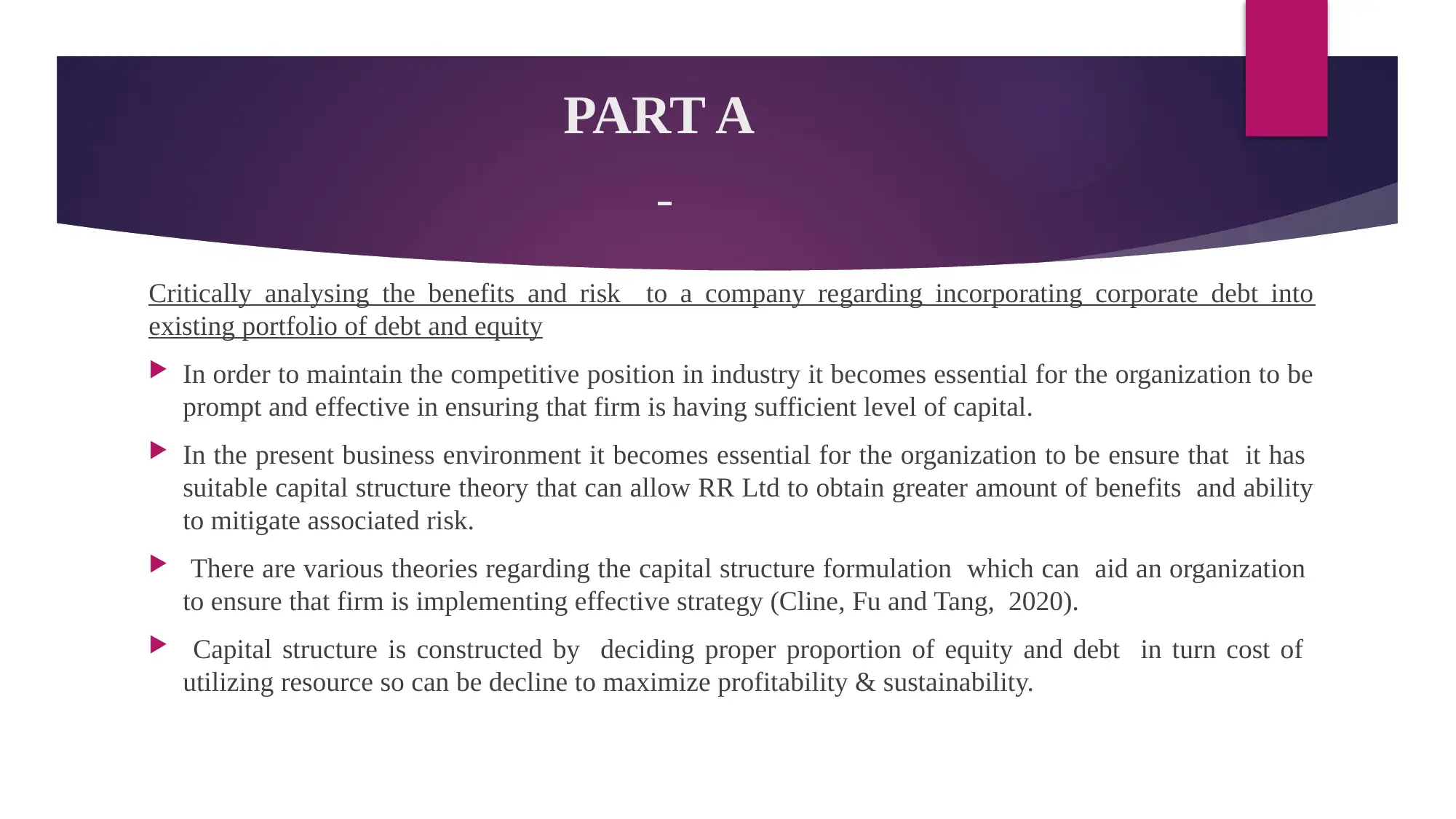

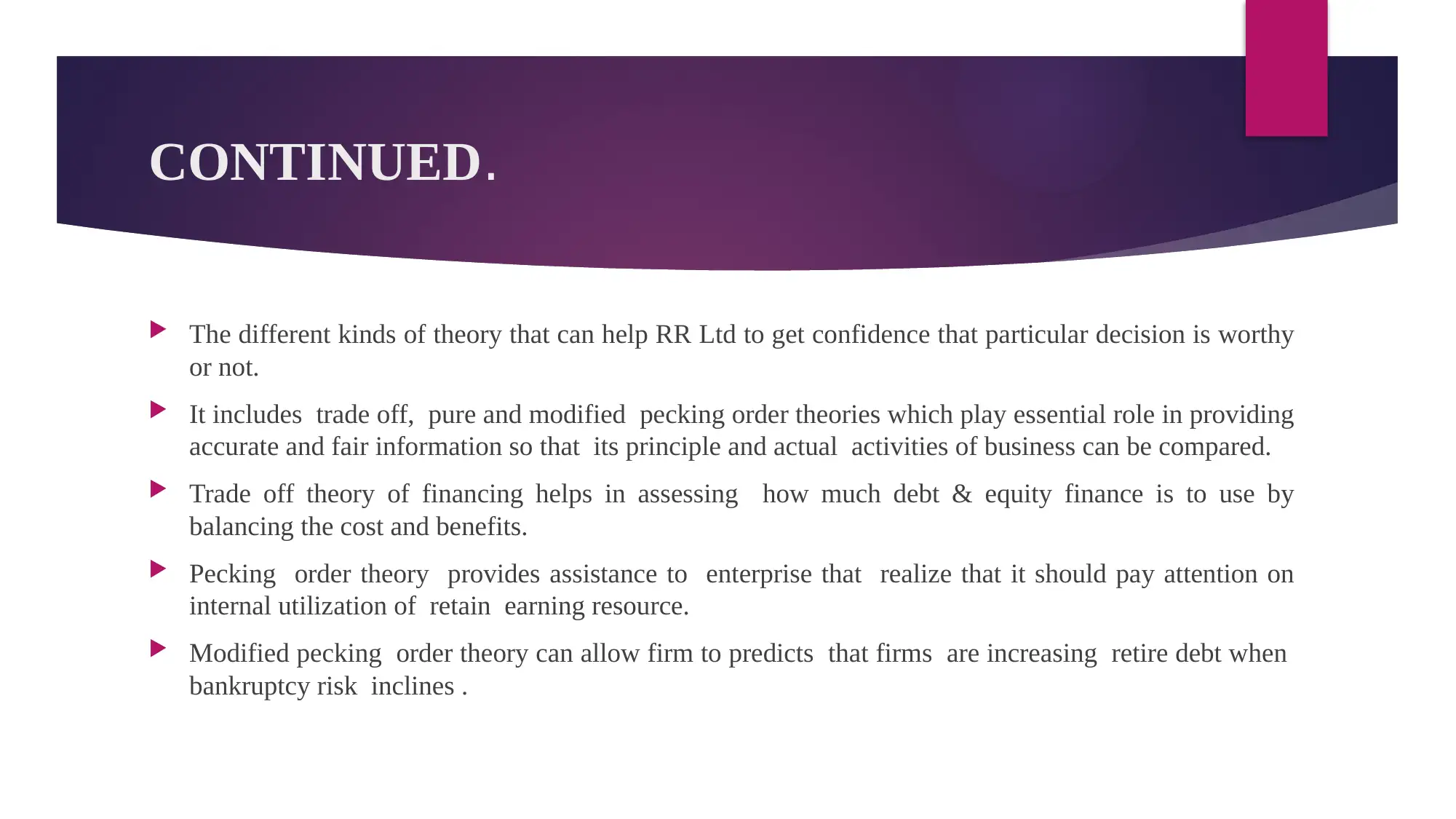
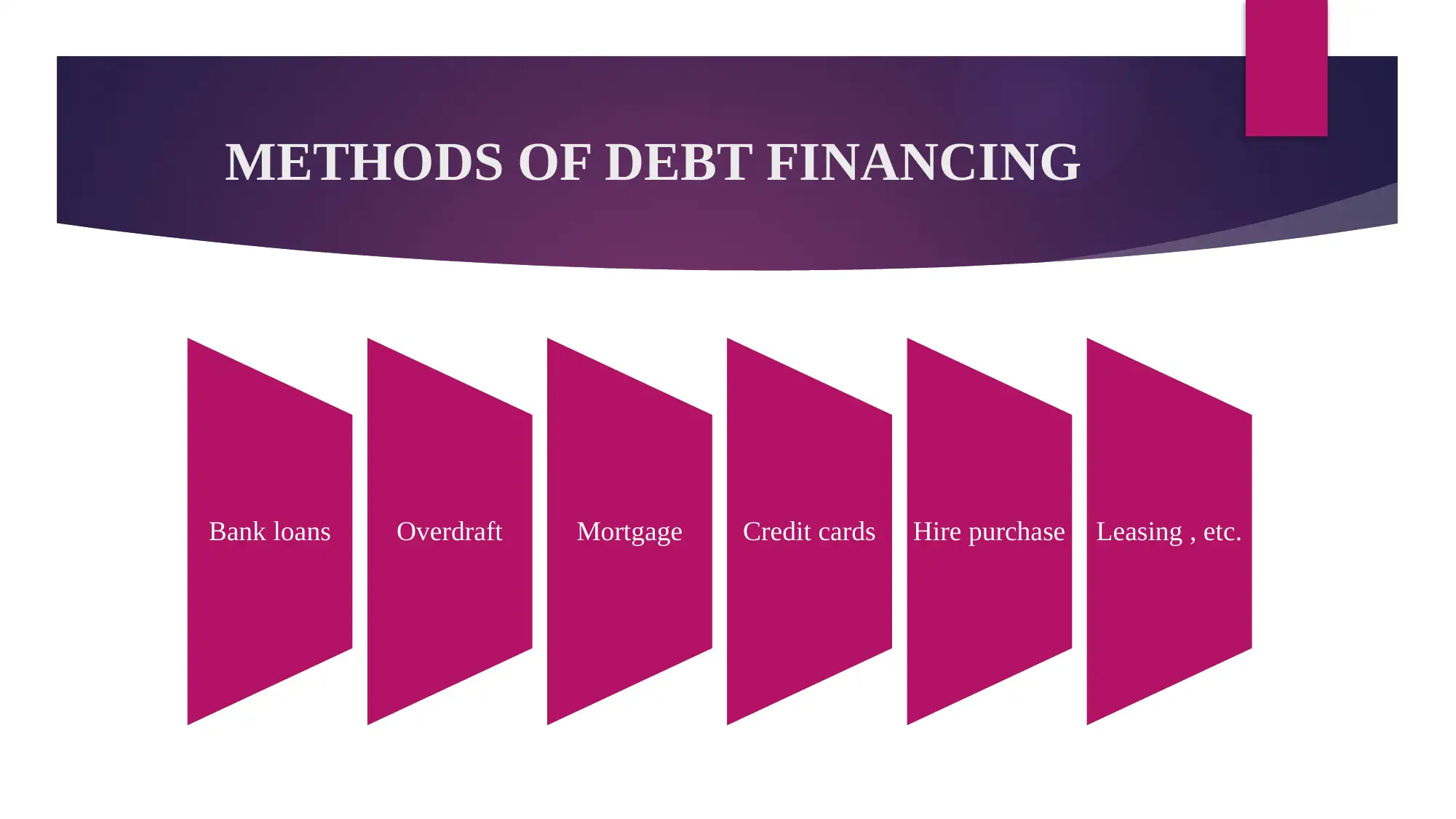

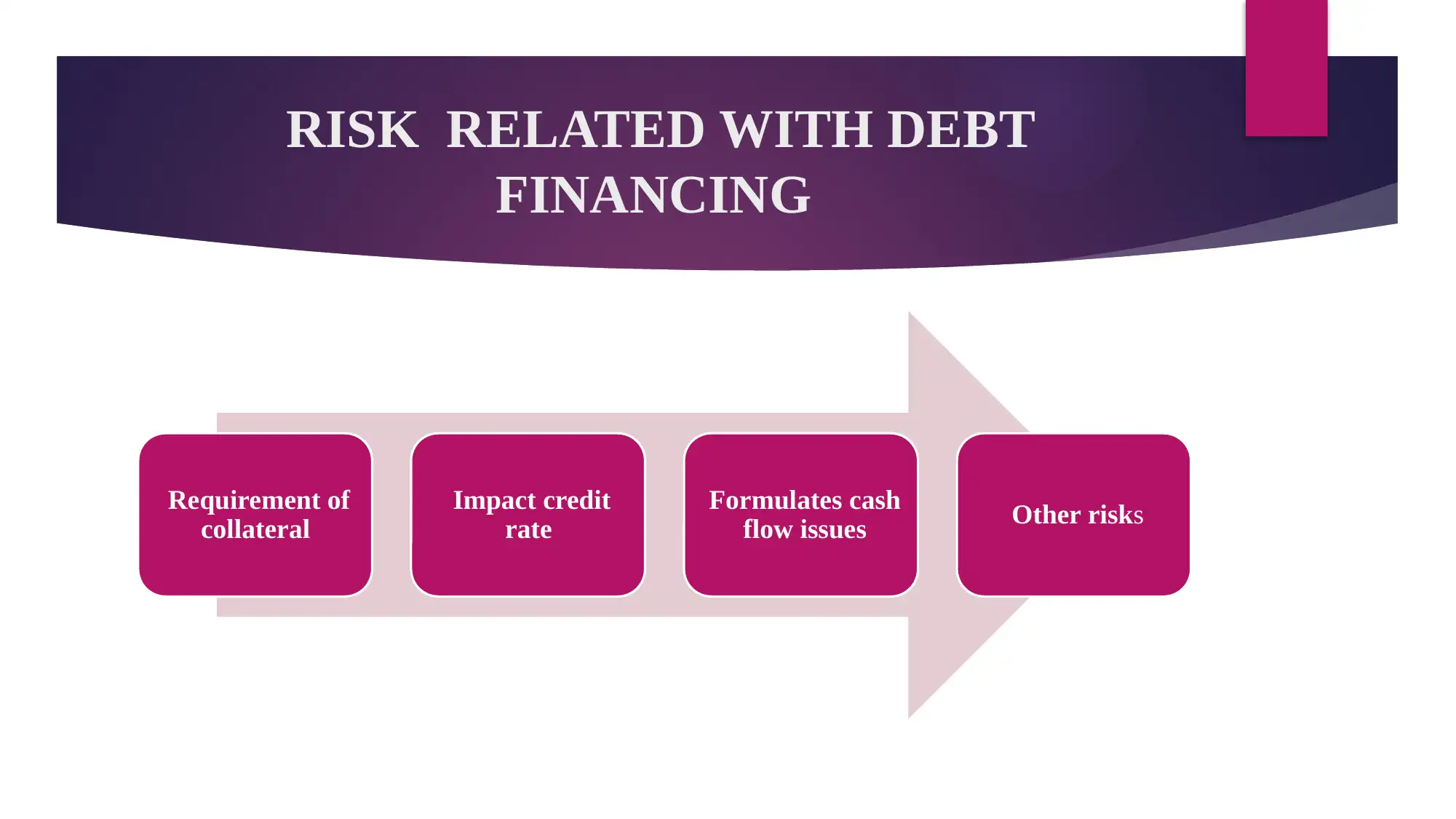
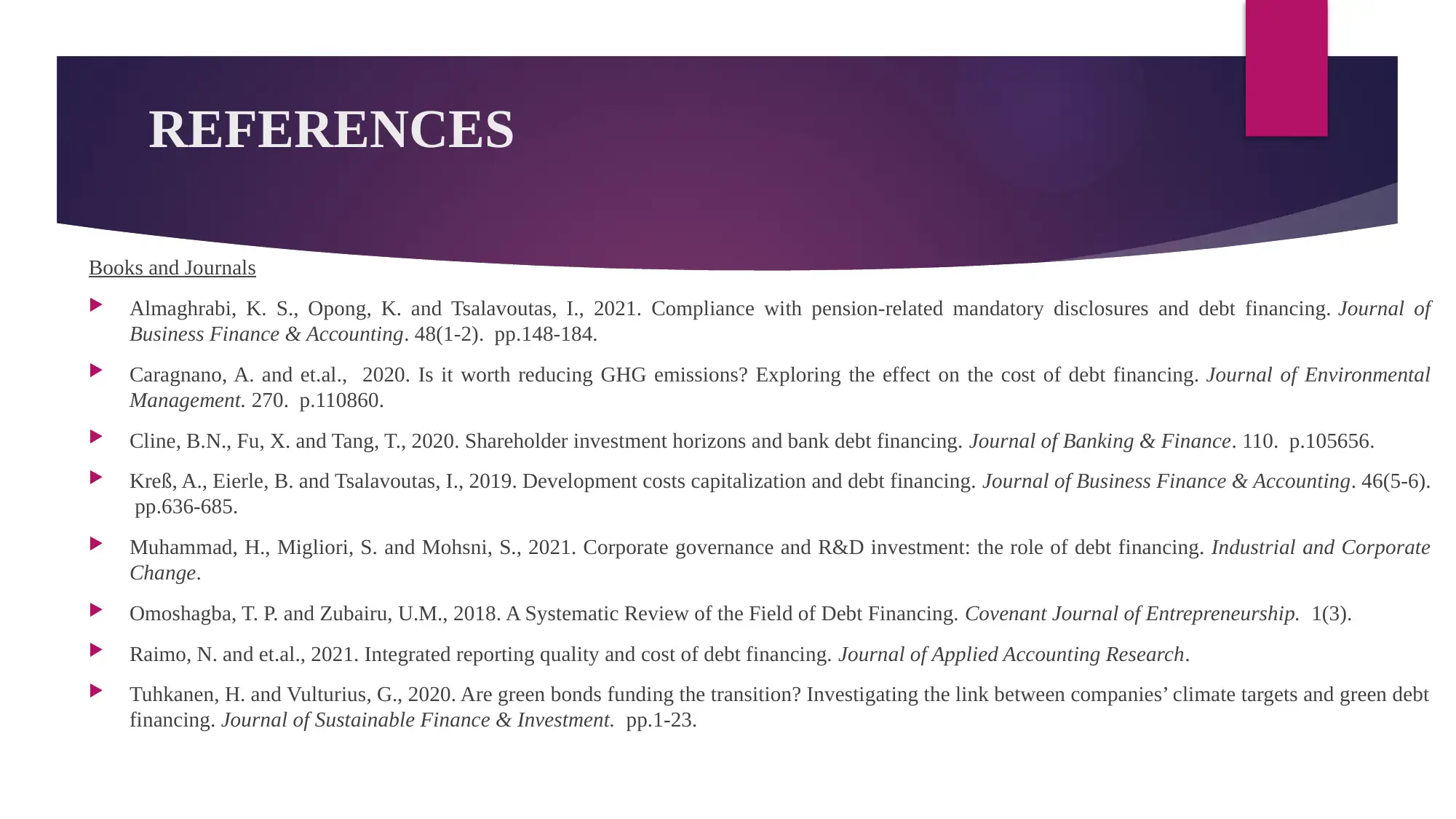


![[object Object]](/_next/static/media/star-bottom.7253800d.svg)